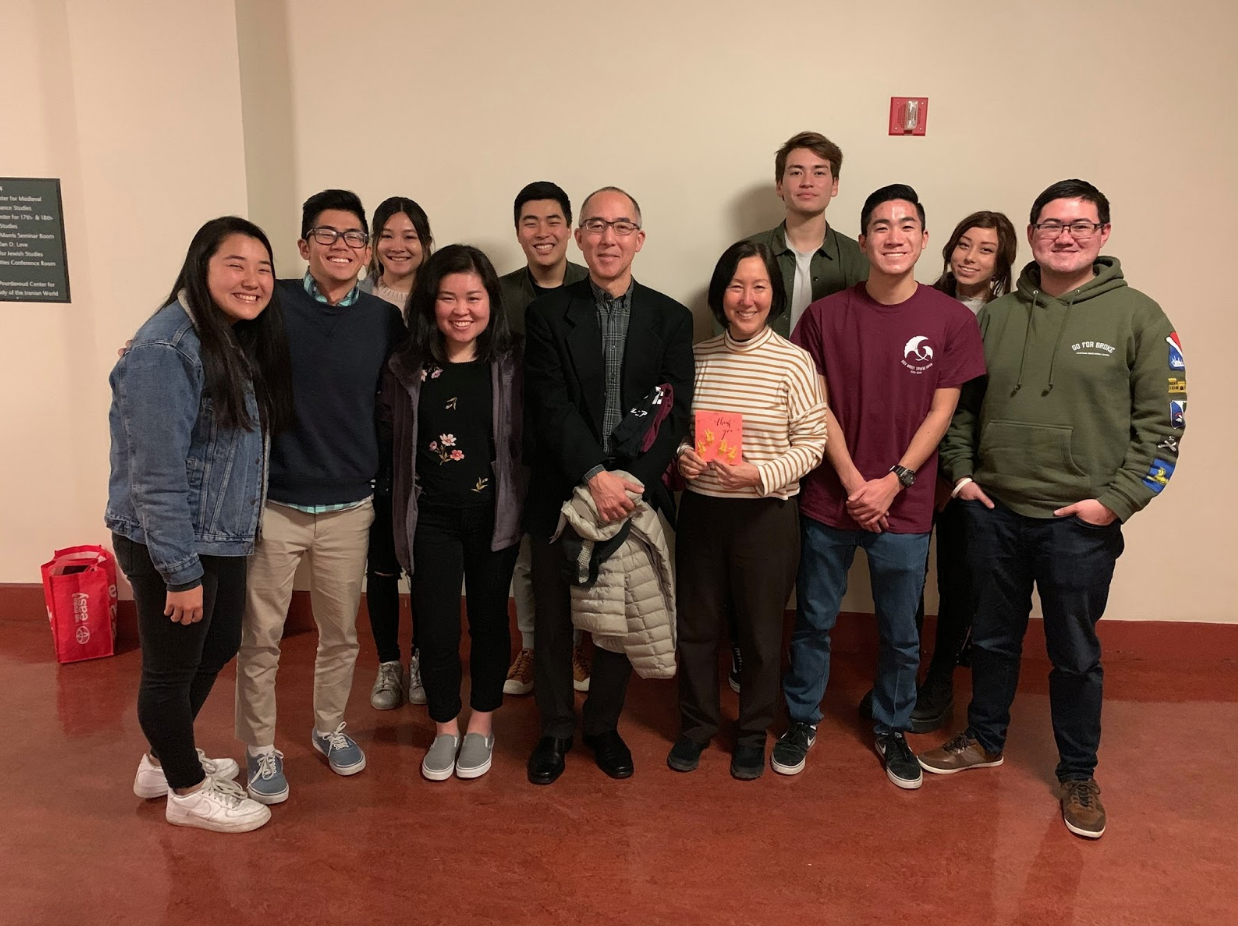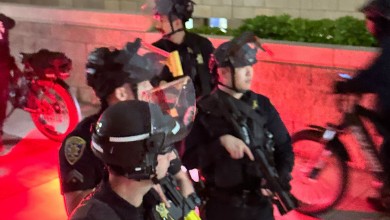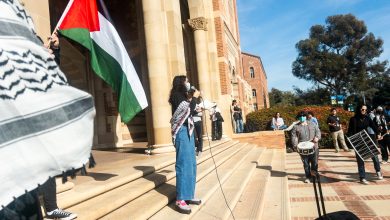Day of Remembrance — A Discussion that Needs to be Continued

Photo courtesy of the Nikkei Student Unions
The Japanese Day of Remembrance is recognized on Feb. 19 as a day commemorating the mass incarceration of Japanese-Americans after Executive Order 9066 was passed. This action came about during World War II, after the Japanese military sent a missle attack on the naval base Pearl Harbor, near Honolulu, Hawaii. While the U.S. eventually physically retaliated against Japan, as a consequence Japanese-Americans were sent to designated military zones until the executive order was suspended in 1944 — camps were not officially shut down until 1946.
On Thursday, Feb. 7, UCLA and USC’s Nikkei Student Unions came together and held a joint general meeting wherein they commemorated the Japanese Day of Remembrance. The student-led clubs held this meeting in order to open up discussion on the historical event which is often overlooked by mainstream academia. This panel brought to life the personal narratives that gave the audience a new view on the events. The general meeting had a focus on the lingering effects of Executive Order 9066 post-World War II.
The meeting’s panel was made up of UCLA’s director of Asian-American Studies Center Karen Umemoto, and her husband, director of content for Densho, Brian Niiya; as well as UCLA student Timothy Suen and USC student Matt Weisbly. There four guest speakers talked about the lingering effects the executive action had on their families and retold their families’ connection to it. Before the panelist began telling their own stories, the audience was asked, as a collective:
- How many were already aware about the Japanese internment camps and what they meant for anyone who was of Japanese descent?
- How many people had family members that had been in these camps?
- How many people had family members that openly talked about their experience in these camps?
- And, how many people had family members had family members who refused to talk about their experience in these camps?
These questions opened up the conversation regarding the people affected by these camps and the trauma that has kept them from sharing their experiences.
During the panel, each of the guest speakers was able to share their own personal ties to the camps and the resulting intergenerational effects. Although these stories provoked many emotions, the panelists were all eager to engage with the audience through their narratives and to speak on their family members’ different experiences.
Although all of the stories were different in their own ways, each panelist agreed that their families had taken a great toll after being released from the camps. Karen Umemoto shared that her mother’s family continued to have lingering emotional trauma which kept them from returning to Takoma, Washington — where her family had resided and owned a business before being sent away. Stories from the other panelists shared similar lingering effects that family members have found difficult to detach themselves from.
The panel was also opened up to questions from the public. This gave the audience the opportunity to continue the conversation about what the internment camps actually meant to Japanese-Americans living in the continental U.S. at the time. One audience member asked about how Executive Order 9066 and the internment camps were taught in grade school. The answer: no more than a couple of sentences in a history book.
Discussions surrounding historic events targeted towards minorities in the U.S. are important because they continue to teach the uninformed and untold history of this country. Executive Order 9066 is not a common topic taught about in books; most of the speakers and audience agreed that much of what they learned on the subject is attributed to word-of-mouth from their relatives. This event was not only educational, but it informed the audience of the importance of telling these stories and keeping this history alive.




